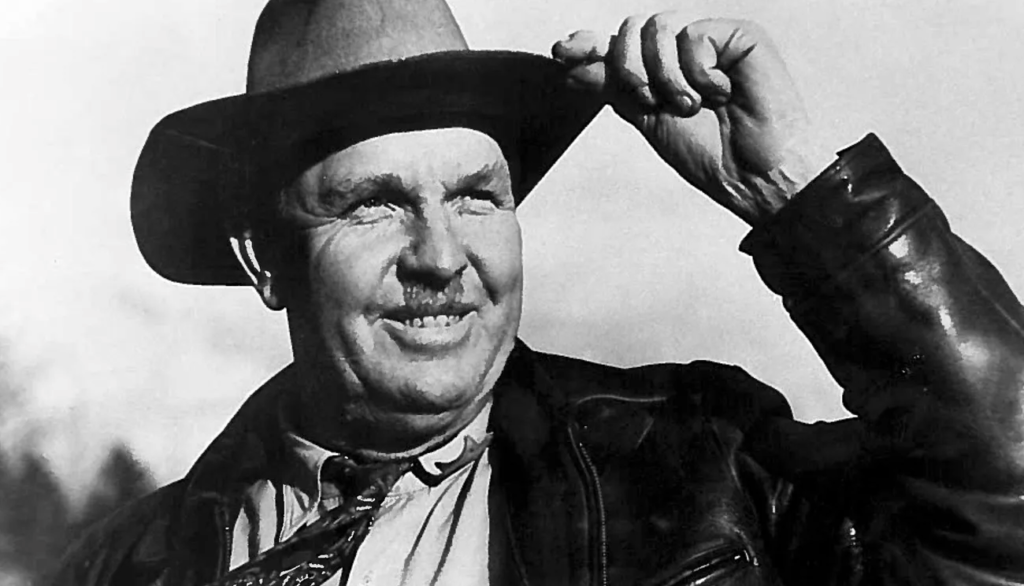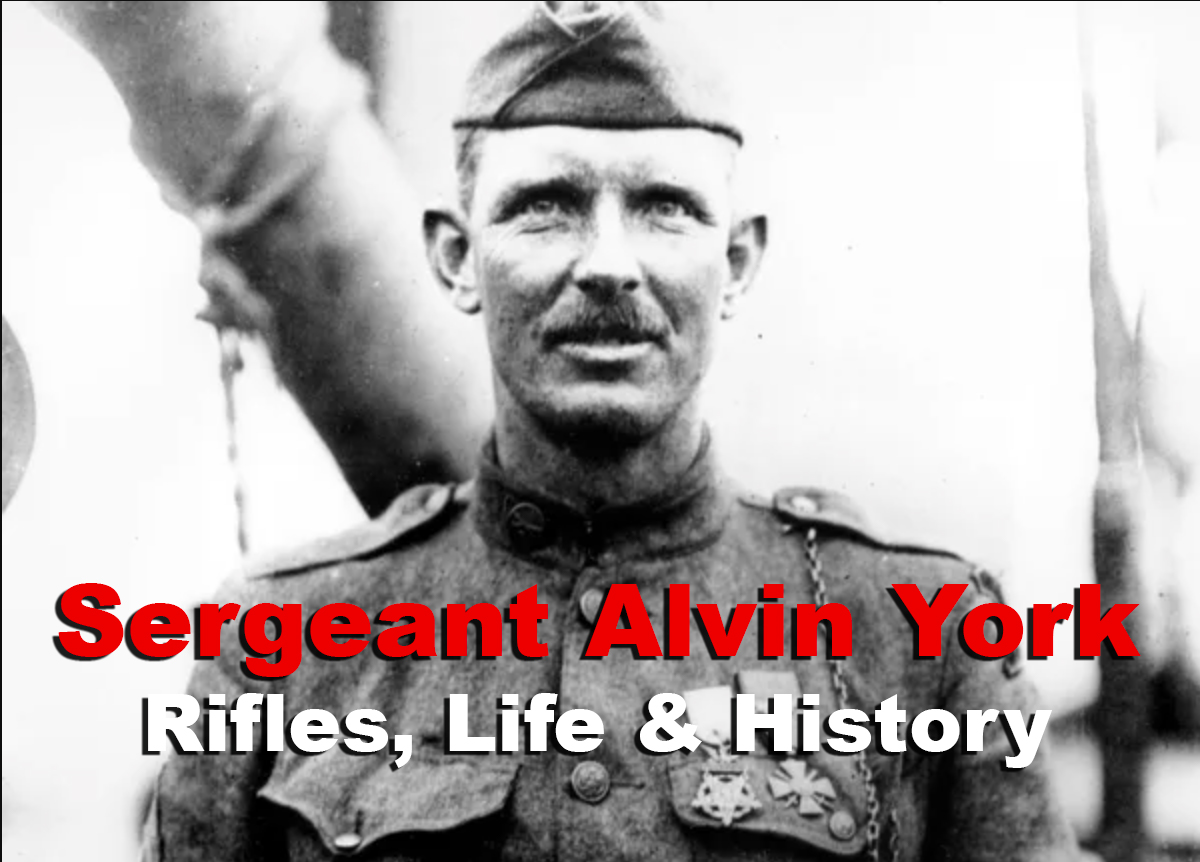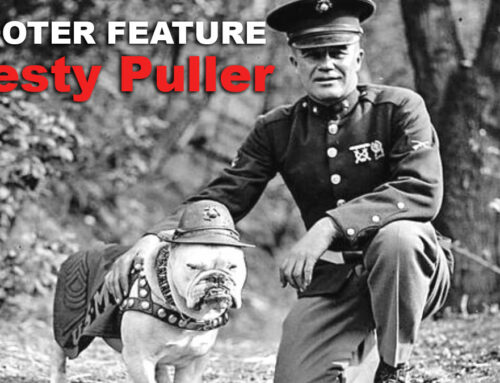“A higher power than man guided and watched over me and told me what to do.”
– Sergeant Alvin York
Spanning the entire Western Front, the Meuse-Argonne offensive was one of the largest Allied operations during the First World War. More than 350 thousand men would perish during the 46-day long battle that ended with the Armistice on November 11th, 1918.
York’s Heroic Actions
On October 8th the 82nd Division of the 328th Infantry set out to capture German positions alongside a railroad north of Chatel-Chéhéry, France. The Germans had dug into the hilltop. Their fierce and accurate machine gun fire had already cut down multiple American advances.
“Our boys just went down like the long grass before the mowing machine at home,” Sergeant Alvin York (who at the time had only just been promoted to corporal) would later recall. He and 16 other men had managed to work their way behind the fortified headquarters of a German unit to capture several of its men, unaware of another machine gun nest nearby. As they dealt with new prisoners, the Germans opened fire to kill six men and wound three others in York’s party.
Now the ranking officer over his seven remaining men, York ordered all to stay under cover while he alone advanced on the source of the machine gun fire.
York had no chance to take cover. As the German bullets ripped past him he took careful aim with his rifle, methodically picking off one after the other while yelling at them to surrender. He had already run out of rifle ammunition when six Germans emerged from a trench to charge York with bayonets. The single magazine in his pistol proved all York needed to halt their attack.
First Lieutenant Paul Jürgen Vollmer had emptied his pistol at the American during his one-man advance, but to no effect. He welcomed York to the machine gun nest by surrendering his entire unit. Relieved, York accepted.

“Well York, I hear you have captured the whole German army,” said Brigadier General Julian Lindsey to York on his return behind the American front.
“No sir. I got only 132,” said York.
Sergeant York Before the Great War
Alvin York was born in what is now Pall Mall, Tennessee in 1877. One of eleven children, York attended school for only nine months before withdrawing to help his farming family put food on the table. He was a crack shot and a natural hunter. The fish of rural Tennessee weren’t safe wherever York cast his line, either.
As he grew older York would work in railroad construction and logging. Though a fine laborer and devoted family man, York was also a ferocious drinker who reveled in bar fights. The death of his best friend in one of those brawls coupled with his growing arrest record led York to seek change. He found it in 1915 at a revival meeting held by the Church of Christ in Christian Union.
York’s denomination opposed secular politics and violence, but he still registered for the draft in 1917. When asked if he claimed an exception from it, he wrote “Yes. Don’t want to fight.”
That explanation did not prove sufficient to get York out of military duty. He enlisted in the U.S. Army later that year, and by that time would not consider requesting exemption as his large family’s sole supporter. His company commander and battalion commander at Camp Gordon in Georgia were themselves devout Christians. They convinced York that military service is not incompatible with pacifism.
Sergeant York After the Armistice

The U.S. Army takes notice when one of their own single-handedly captures over 100 enemy soldiers. The Army promoted York to sergeant and awarded the Distinguished Service Cross shortly after his great feat. They upgraded the decoration to the Medal of Honor once the greatness of York’s bravery came to better light.
York also received the French Republic’s Croix de Guerre, Italy’s Croce al Merito di Guerra, and Montenegro’s Order of Prince Danilo I. He received almost 50 decorations in total, making York one of the most decorated men to have served in WWI.
York Enters the Public Eye
Media didn’t report York’s heroics back at home until the spring of 1919, when he became the subject of an article in the Saturday Evening Post. The American public was smitten by the simple man and devout Christian who proved a natural soldier. The Tennessee Society of New York City paid for York’s trip to a banquet in his honor, as well as to Washington, D.C. where the House of Representatives paid him a standing ovation. He would have met with President Wilson had he not been in Paris at the time.
The military honorably discharged York shortly after his tour. He categorically turned down sponsorship and movie deals, preferring instead to lend his celebrity toward civic and charitable causes. His campaign for the construction of a road to his home region culminated with the dedication of the Alvin C. York Highway, and in the ‘20s York formed a foundation to bring more educational opportunities to boys and girls in rural Tennessee.
York would advocate for American intervention in the years leading up to WWII. Many journalists reporting to a predominantly isolationist public accused him of war-mongering, though President Roosevelt quoted York as he called to “renew the lease of liberty.”
York attempted to reenlist in the Army during WWII, yet his declining health precluded him from combat. Instead, they made him a major in the Army Signal Corps, raising spirits at training camps and aiding bond drives and war charities including the Red Cross. In spite of whatever rank he might have held, the papers would always call him “Sergeant York.”
How Did Alvin York Die?
York suffered from arthritis, strokes, failing eyesight, and multiple bouts of pneumonia later in life. His health declined until he became bedridden in 1954, passing away ten years later. He was interred at the Wolf River Cemetery in his hometown. Eight children and wife Grace survived him. His wife joined him in eternal life in 1984.
In 1941, Hollywood finally got their wish for a York film. Gary Cooper starred in what became the highest grossing film of the year. Cooper’s interpretation of York’s heroism earned the actor the Academy Award for Best Actor. The Academy itself honored the film with a best picture nomination.
Sergeant Alvin York’s Guns

A statue dedicated to Sergeant York outside the Tennessee capitol building in Nashville.
York began his advance with the M1917 Enfield rifle. Its design, which was based off the British Pattern 1914 Enfield rifle and modified for America’s 30-06 Springfield cartridge instead of the 303 British, made wartime production easier than if America had continued with their original M1903 Springfield.
The Enfield rifle’s robust action proved a natural fit for 30-06 ammo. Very few alterations were required for its redesign: just the stripper clip feed, internal box magazine, bolt face, chamber and rifling dimensions. The American redesign of the Enfield also included a lighter stock (a welcome update, especially in so physically demanding war as WWI) and removal of the volley fire sights.

An M1917 Enfield rifle, similar to the one York used. (Image Courtesy: Tactical-Life.)
Over two million M1917 Enfield rifles have been produced to date. It remained standard issue throughout WWII, although the M1 Garand had largely replaced it by the end of the war. The M1917 Enfield is still used by the U.S. Army for ceremonial use and drilling. The Danish Sirius Dog Sled Patrol also uses the M1917 Enfield to this day thanks to its bolt action’s intense reliability in Arctic weather. That unit’s primary threat is polar bears, not German machine gun nests.
York’s Pistol
The pistol York used to dispatch the six bayonet-wielding Germans was none other than the M1911, John Browning’s most famous firearm. It was the U.S. Armed Forces’ original semi-automatic sidearm, and while a crack shot like York might have easily dealt with six threats at once with a revolver, he was likely grateful for the wiggle room an M1911’s 7 or 8-round magazine offers.
Whereas the M1917 Enfield is more of a historical artifact these days, the M1911 has remained one of the most popular handguns in the world since its introduction over 100 years ago. Very little has changed about its design in that time. You would be well advised to carry York’s pistol yourself, even if you live in a neighborhood where bayonet attacks are uncommon.






Leave A Comment